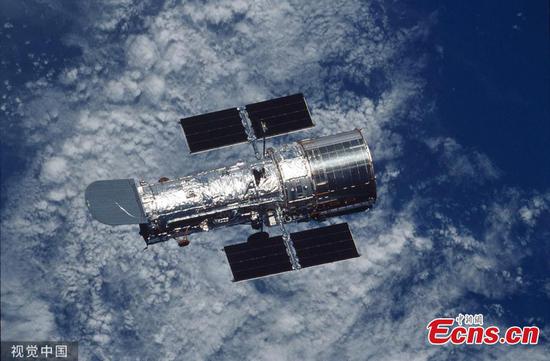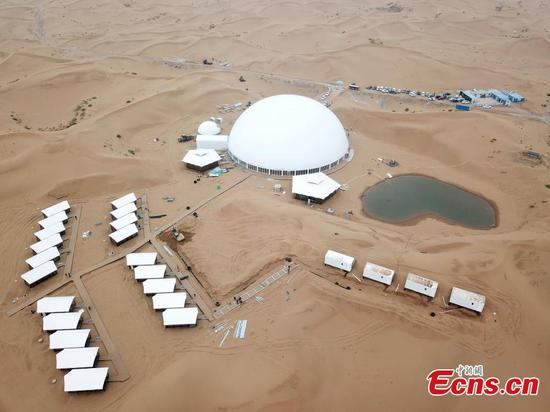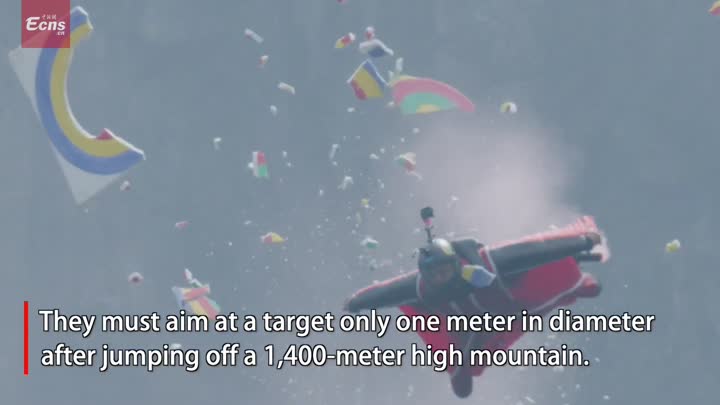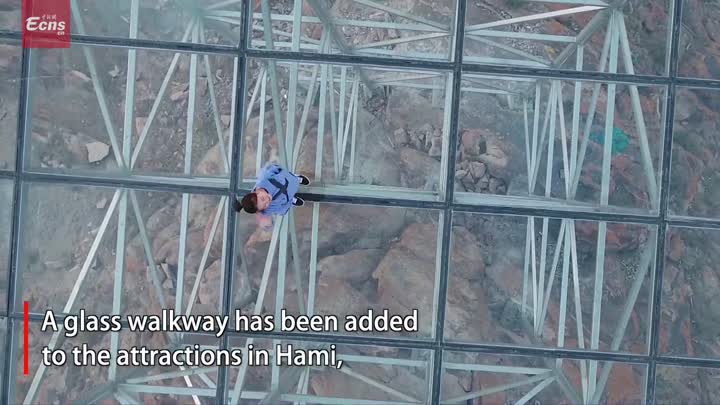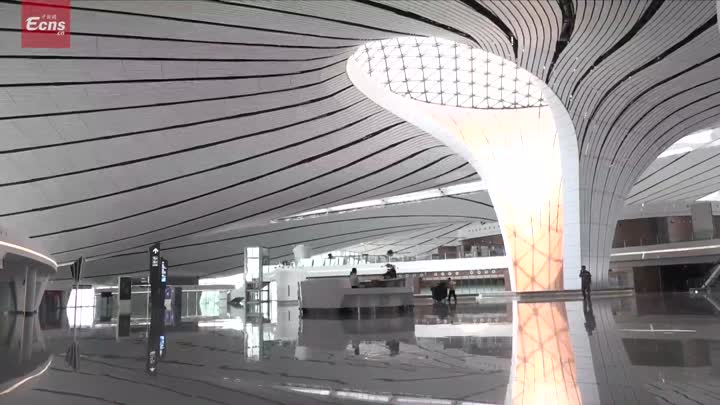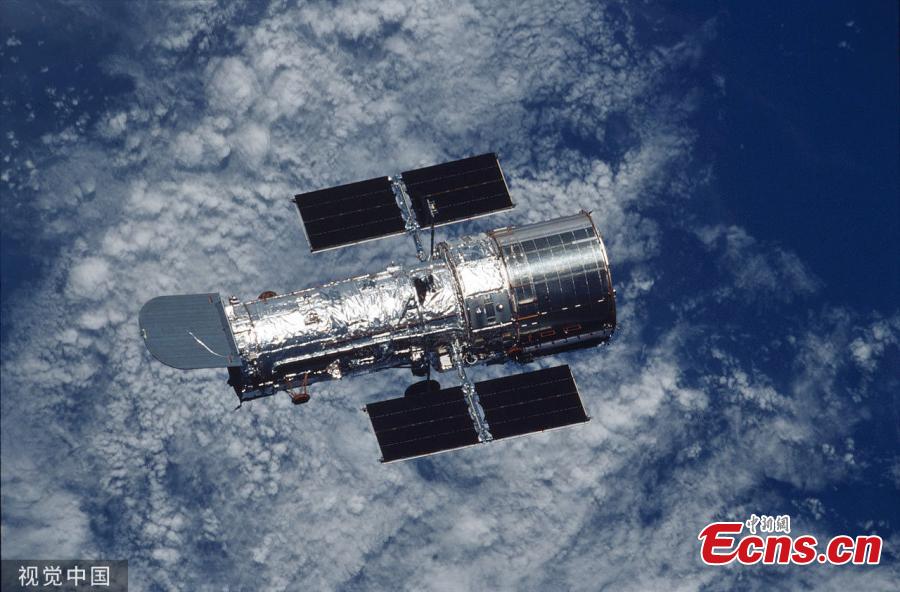
Scientists announced another exciting discovery on September 11, 2019 regarding potentially habitable exoplanets. For the first time, they’ve detected water vapor in the atmosphere of a distant super-Earth?called K2-18b?orbiting its star in the habitable zone. The word “habitable” in this context doesn’t mean humans could live there. A star’s habitable zone is the zone where liquid water might exist, and water is essential for life as we know it. This particular exoplanet also has relatively moderate temperatures, by earthly standards. With confirmed water vapor and habitable temperatures, K2-18b has just become a very intriguing target in the search for life. (Photo/VCG)
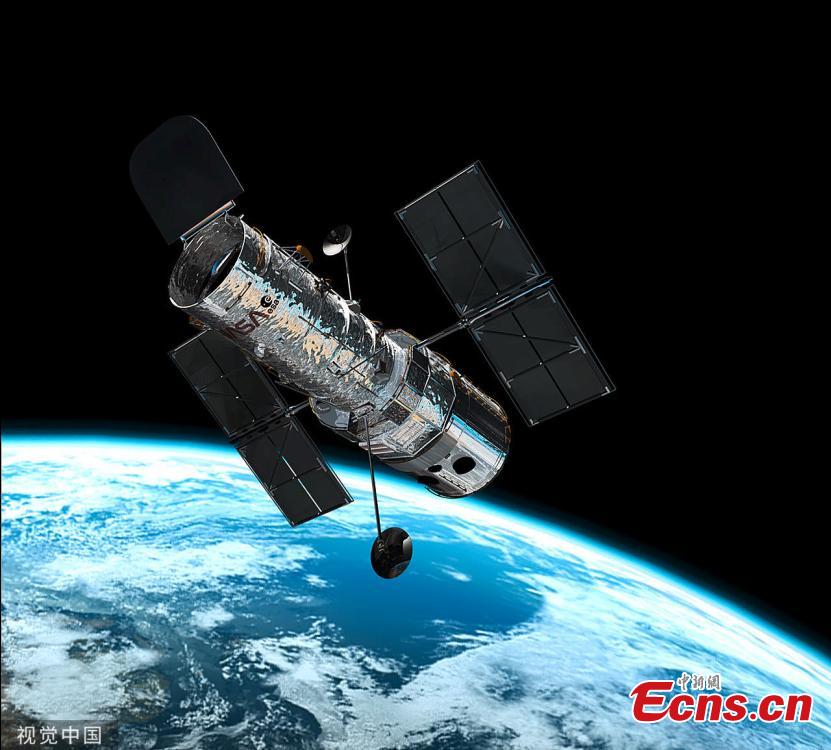
Scientists announced another exciting discovery on September 11, 2019 regarding potentially habitable exoplanets. For the first time, they’ve detected water vapor in the atmosphere of a distant super-Earth?called K2-18b?orbiting its star in the habitable zone. The word “habitable” in this context doesn’t mean humans could live there. A star’s habitable zone is the zone where liquid water might exist, and water is essential for life as we know it. This particular exoplanet also has relatively moderate temperatures, by earthly standards. With confirmed water vapor and habitable temperatures, K2-18b has just become a very intriguing target in the search for life. (Photo/VCG)
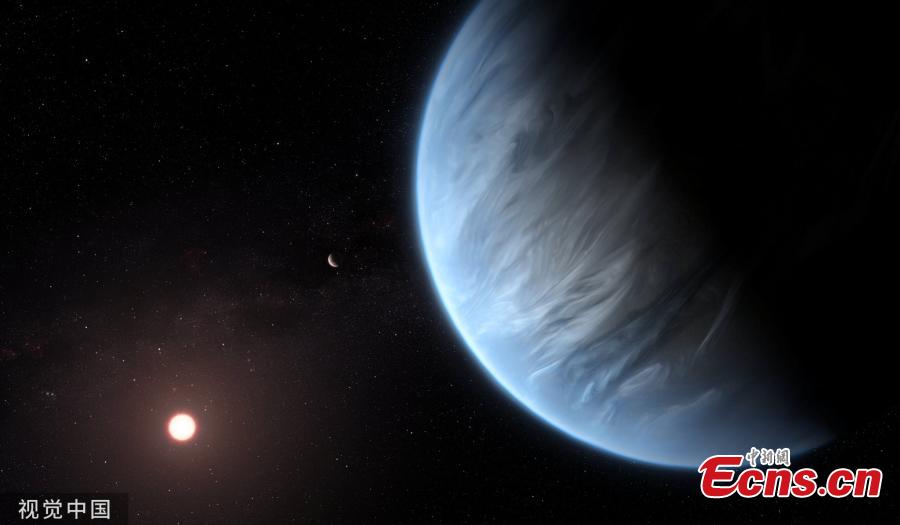
Scientists announced another exciting discovery on September 11, 2019 regarding potentially habitable exoplanets. For the first time, they’ve detected water vapor in the atmosphere of a distant super-Earth?called K2-18b?orbiting its star in the habitable zone. The word “habitable” in this context doesn’t mean humans could live there. A star’s habitable zone is the zone where liquid water might exist, and water is essential for life as we know it. This particular exoplanet also has relatively moderate temperatures, by earthly standards. With confirmed water vapor and habitable temperatures, K2-18b has just become a very intriguing target in the search for life. (Photo/VCG)












